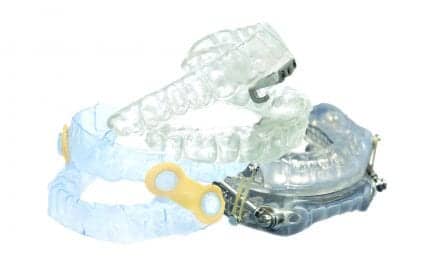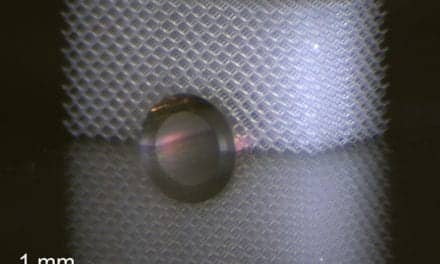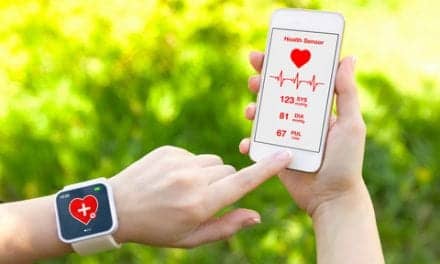Several studies have shown that deviations from a normal respiratory rate, which is about 12 to 18 times a minute, can be an indication of a serious illness. Breathing less than 6 times a minute is a stronger indication of a life-threatening issue than an abnormal heartbeat. Conversely, very rapid breathing can be an early sign of heart problems.
“Nevertheless, the relevance of respiratory rates in the early detection of medical risks has garnered little attention,” says Dr Jan Kantelhardt, a physicist at Martin Luther University Halle-Wittenberg, in a release. For several years now, his research group has been investigating how physical data from measuring devices can improve patient diagnostics.
To date, a reliable measurement of respiratory rates over longer periods of time is only possible in clinics that have the right equipment. However, health studies with several hundred thousand participants, for example, require simpler devices. Up to now, a standard electrocardiogram (ECG) has often been used to measure heart rates and rhythms, thus allowing conclusions to be drawn about breathing. “We were looking for a new, inexpensive way to measure respiration,” says Kantelhardt.
In the future, activity trackers could be used to detect the early stages of a disease, as a person’s respiratory rate can indicate signs of an undetected medical problem.
Together with the research group led by Professor Thomas Penzel from the Interdisciplinary Center of Sleep Medicine at the Charité – Universitätsmedizin Berlin, the team from Halle wanted to examine whether special activity trackers could provide a reliable alternative to ECGs. Staff members in the sleep laboratory at the Charité placed a wristband, in addition to the usual equipment, on around 400 patients. The wristbands registered movement and also took a simple ECG measurement via an electrode attached to the skin. “They are like fitness trackers but much more precise. We can use our own software to analyse the raw data,” says Kantelhardt. This enables the researchers to detect the slightest bit of movement—even if the patient’s arm turns slightly when breathing while asleep.
[RELATED: A Popular New Book Elicits Gasps of Delight & Concern from Sleep Specialists]
A comparison of the data from the sleep laboratory, published in Scientific Reports, showed that these minimal movements allow more precise conclusions to be drawn about the respiratory rate than the ECG recorded at the same time. “If there is too much movement, breathing can no longer be measured with the armbands. But there are always periods at night where we can very reliably observe breathing,” says Kantelhardt. According to the researcher, the armbands could be used, for example, as a diagnostic tool before a patient is sent to a sleep laboratory.
The new method will initially be used to evaluate some of the data from the so-called GNC Health Study, which began in 2014. As part of the long-term nationwide study, approximately 200,000 people regularly undergo medical examinations and interviews about their living conditions and medical histories. Some of the participants also received the same activity trackers as those in the current study. The overall aim of the project is to better understand the development of common diseases such as cancer, diabetes or cardiac arrhythmia in order to improve preventative measures, early diagnosis, and treatment in Germany.




